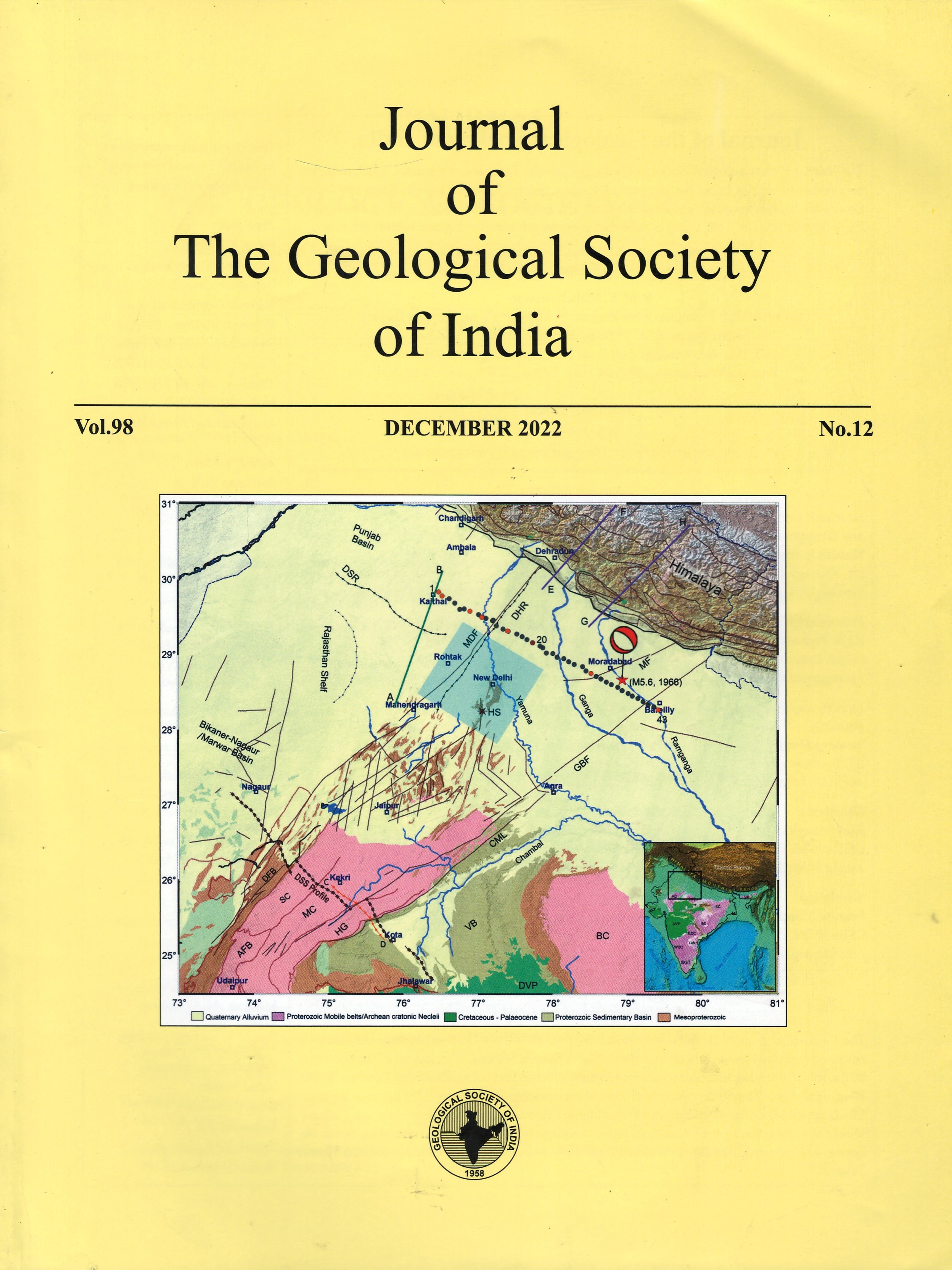A Simple Model for Quantifying Fluoride in Shallow Groundwater from Fertilizer Leaching
DOI:
https://doi.org/10.1007/s12594-022-2248-yKeywords:
No KeywordsAbstract
Fluoride (F–) like nitrate (NO3 –) is a common anionic groundwater contaminant. In areas dominated by long-term agricultural practices, leaching from phosphate fertilizers and other agrochemicals (through the vadose zone) is believed to be a F– source in groundwater. Despite studies attribute fertilizer as important source of groundwater F– however its quantification, unlike NO3 –, does not exist. This is perhaps because of limitation in applying stable isotopic tool for tracing and quantifying sources of F–, as it has one stable isotope (19F), unlike NO3 – which has two stable isotopes (15N and 14N). In this study, a simple box model is proposed with steady-state assumptions to estimate the concentrations of groundwater F– derived from fertilizer leaching. The model parameters include fertilizer application rate, F concentrations in fertilizer and its leaching coefficient, groundwater recharge rate and the evapotranspiration factor. Model application to a specific study area with a few reasonably well constrained parameters shows that F– from fertilizer leaching can contribute up to ~0.2 mg L–1 in groundwater. The sensitivity analysis shows that groundwater recharge rate and the evapotranspiration factor are the two most sensitive parameters. It is believed that this study may lead to the foundation for more extensive, rigorous and more accurate models which can constrain the entwined input parameters more accurately.

 Sukanya Acharyya
Sukanya Acharyya






